Japan is a place where bullet trains sit close enough to some of the oldest remaining structures in the world to shake them as they pass; where the wildest porn is produced, but where genitals in said porn must be pixellated by law; where you can get a pedicure 24/7, but where ATMs have operating hours – the ultimate land of contrasts.
So, it came as no surprise to me to learn that 32 square kilometers of desert exists along the heavily-wooden northern coast of Honshu, Japan’s main island.
Formed around 100,000 years ago by sediment deposits from the Chugoku Mountains being carried into the Sea of Japan via the Sendai River, the Tottori Sand Dunes now attract some two million visitors per year, most of whom are Japanese or from other nearby Asian countries.
The dunes are the star attraction of the region surrounding their namesake city, a sleepy industrial town that’s approximately three hours from Osaka by semi-fast train – the Shinkansen doesn’t come here yet. But they’re also awesome enough that I don’t regret having made the trip up here just to see them.
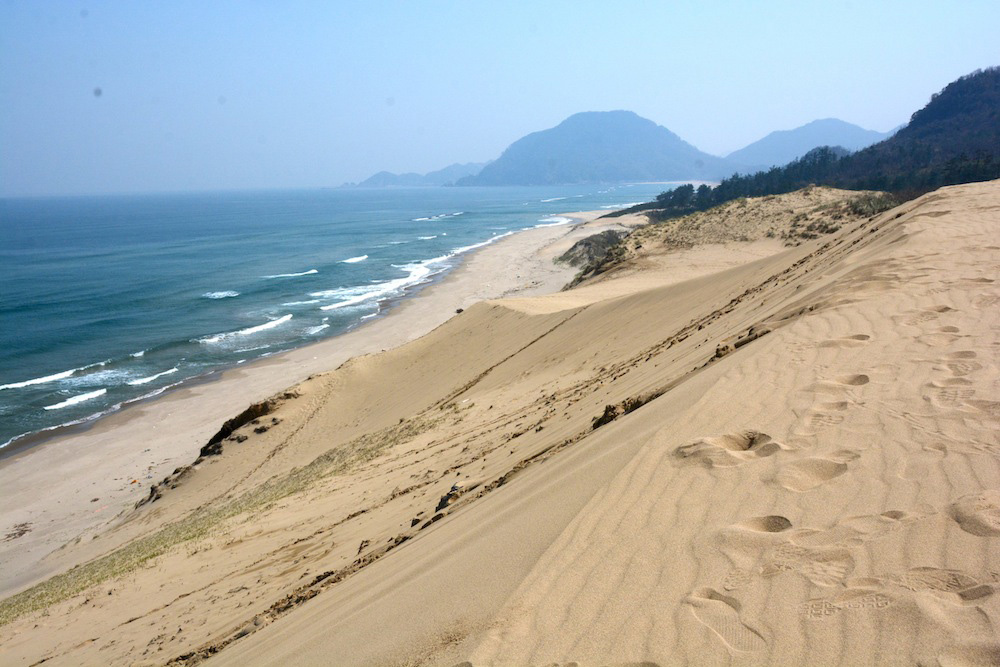
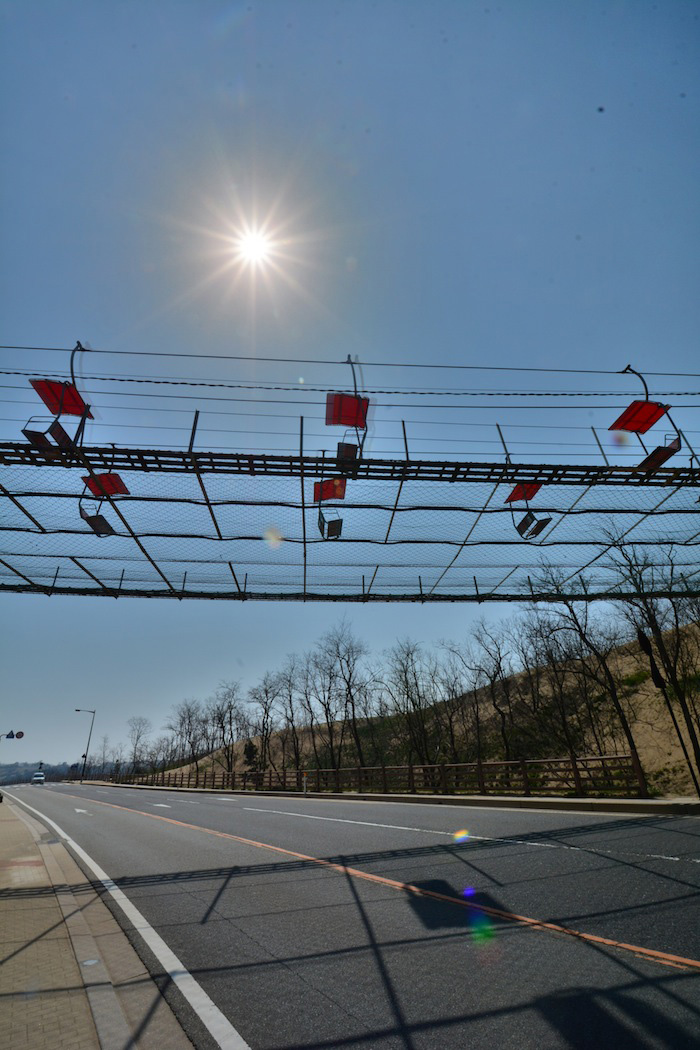

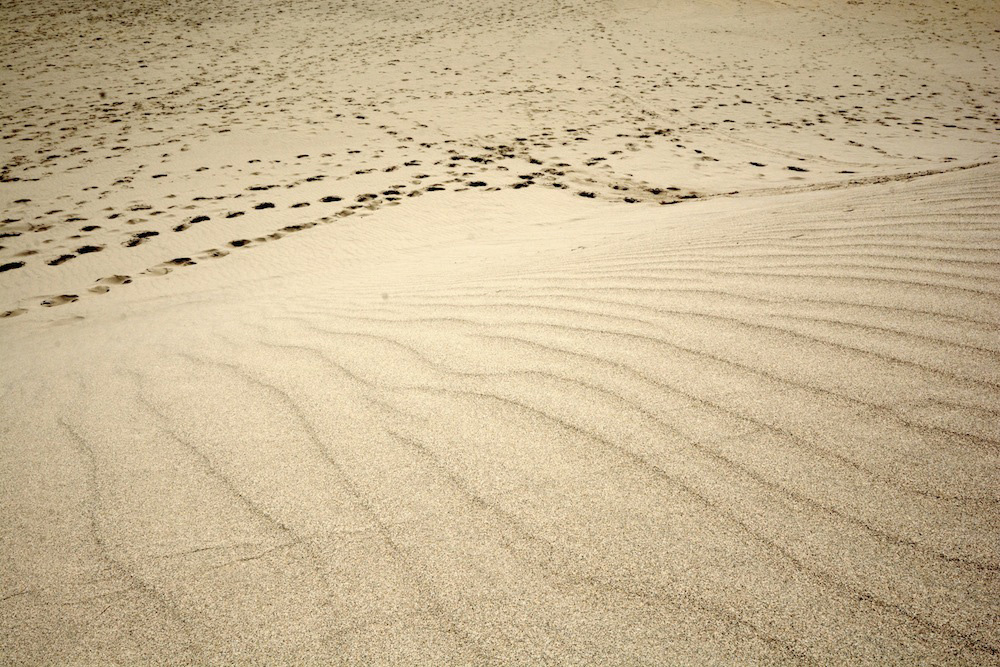
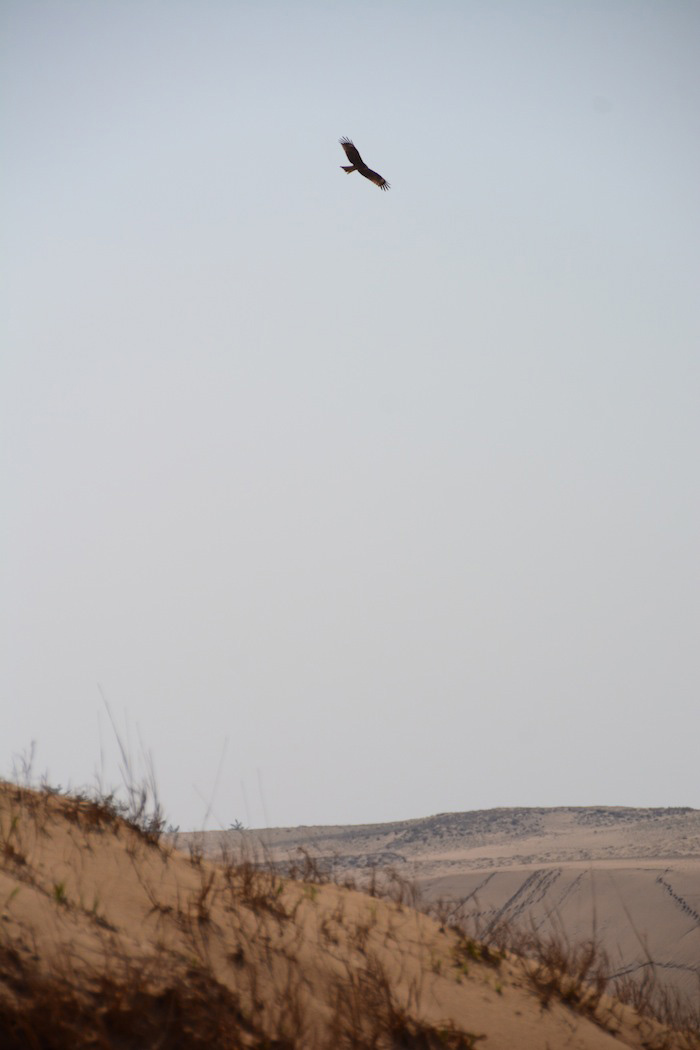
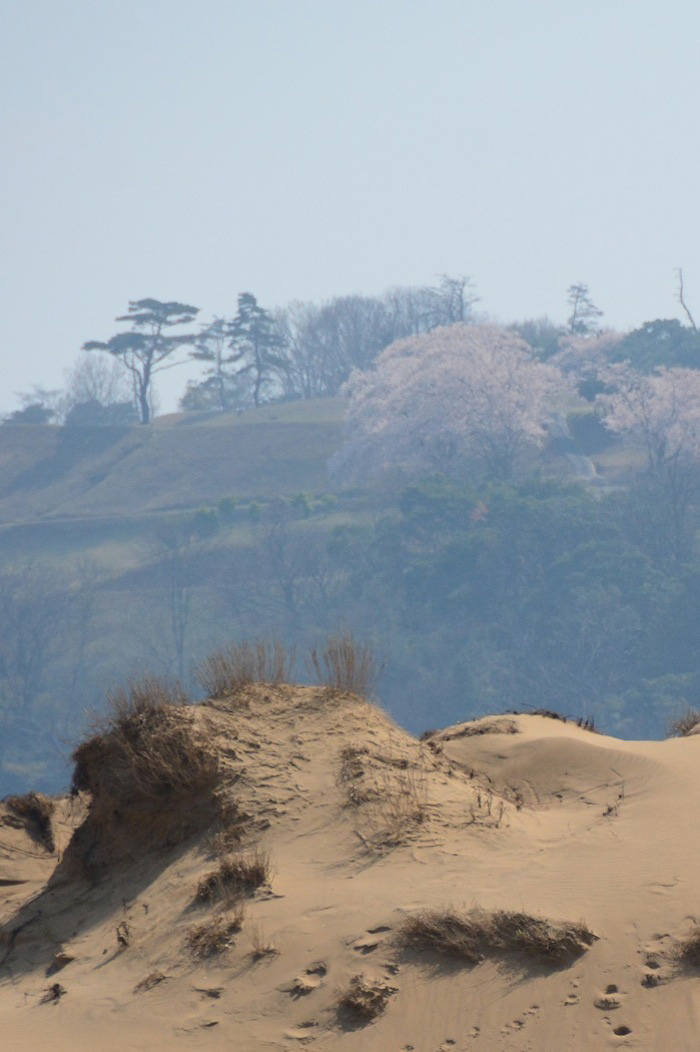

To be sure, although they constitute one of the smallest desert areas I’ve ever visited (the other possible contender being Vietnam’s Mui Ne), the Tottori Sand Dunes have a peaceful energy that belies the number of people who visit on a daily basis. Plus, they have camels – and you know how much I love camels.
According to some scientist types I spoke with, the topography surrounding the dunes – sakura-speckled coniferous forest, a grass-filled lagoon that grows every time it rains and the massive Sea of Japan – threatens their very existence. But as is the case with many threatened places I’ve visited, these hugely contrasting, potentially dangerous elements actually enhance the beauty of the Tottori Sand Dunes.
Prior to my visit, I’d psychologically set myself up for the Tottori Sand Dunes being small – and Japan’s only desert is small when compared, say, to the Sahara or even Israel’s Negev Desert.
But 16 kilometers long by two kilometers wide isn’t tiny when compared to the size of a human like you and I! Better still, most visitors to the Japanese desert stay along the same (easy) path up, down and around the dune, which means that it’s easy to find a quiet place to lie and take in the silence, something I didn’t realize I’ve been missing as I explored hectic Tokyo and tourist-infested Kyoto, as much as I genuinely loved both of those cities.
In fact, you might say the Tottori Sand Dunes are a “happy place” for me, which is ironic when you consider they inspired Kobo Abe’s 1964 existential novel Woman in the Dunes:
It’s useless. The sand can swallow up cities and countries, if it wants to.
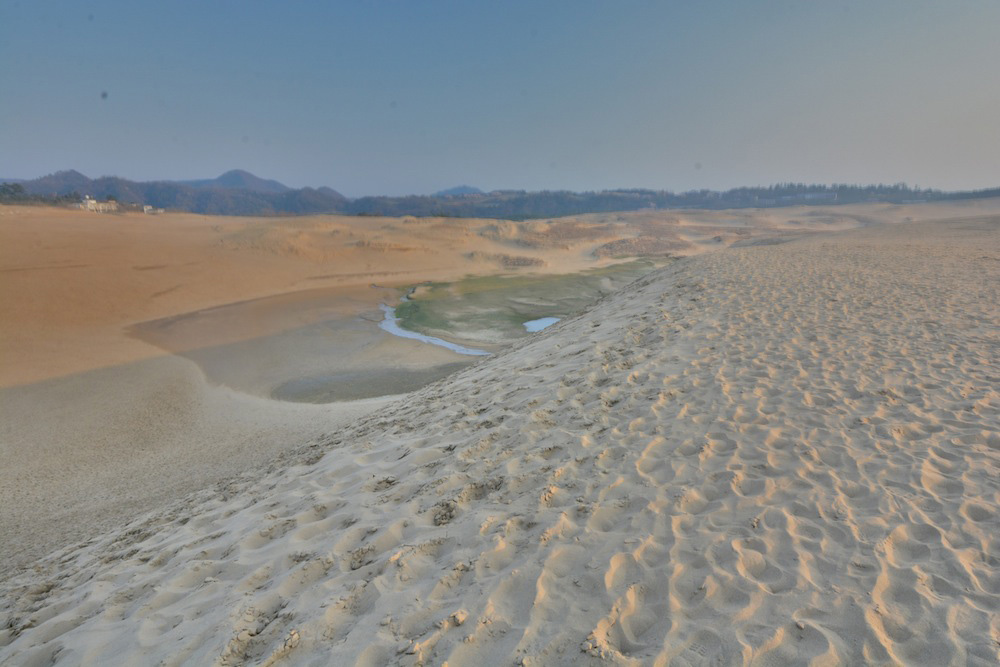

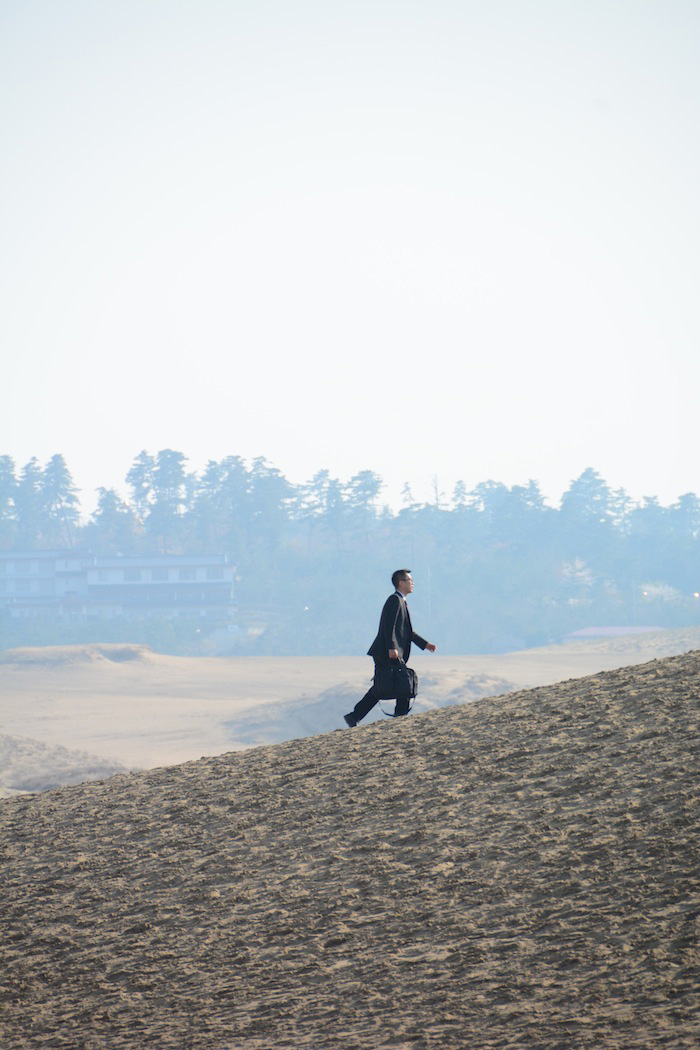
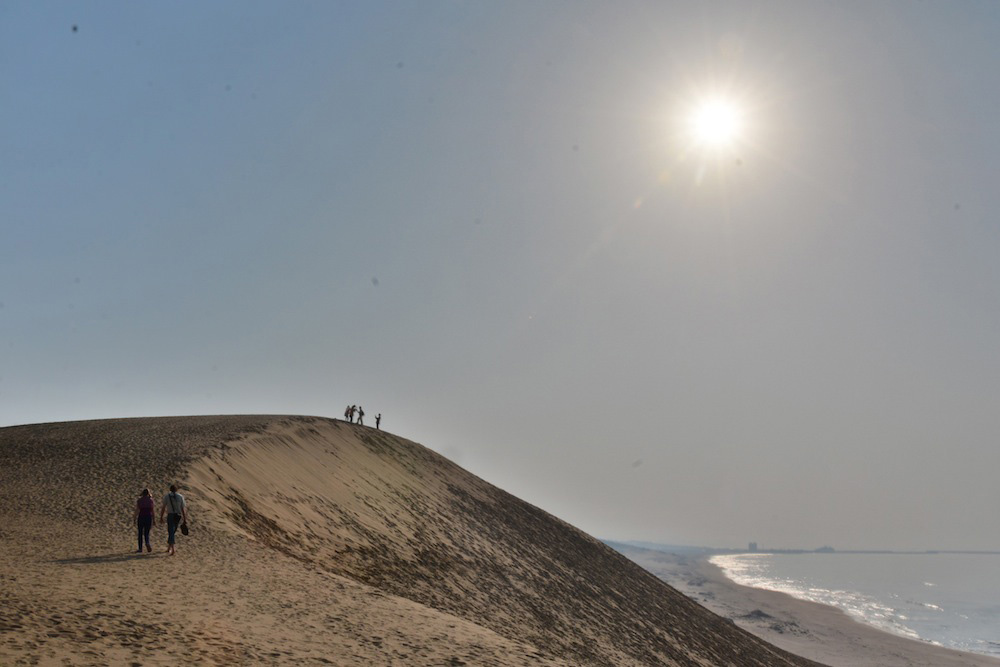
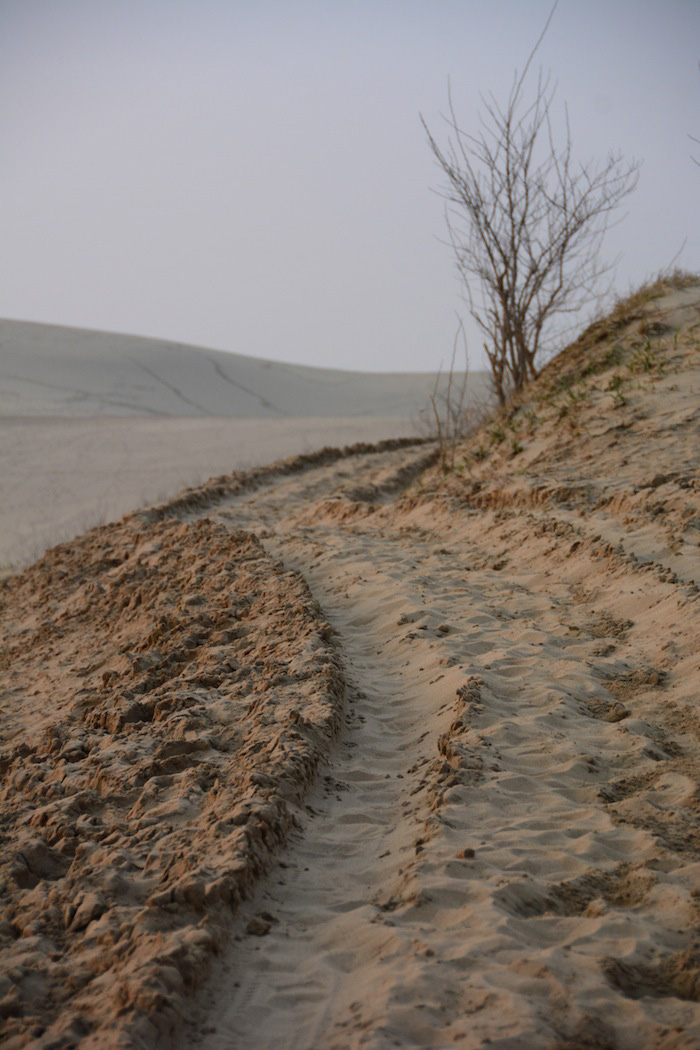
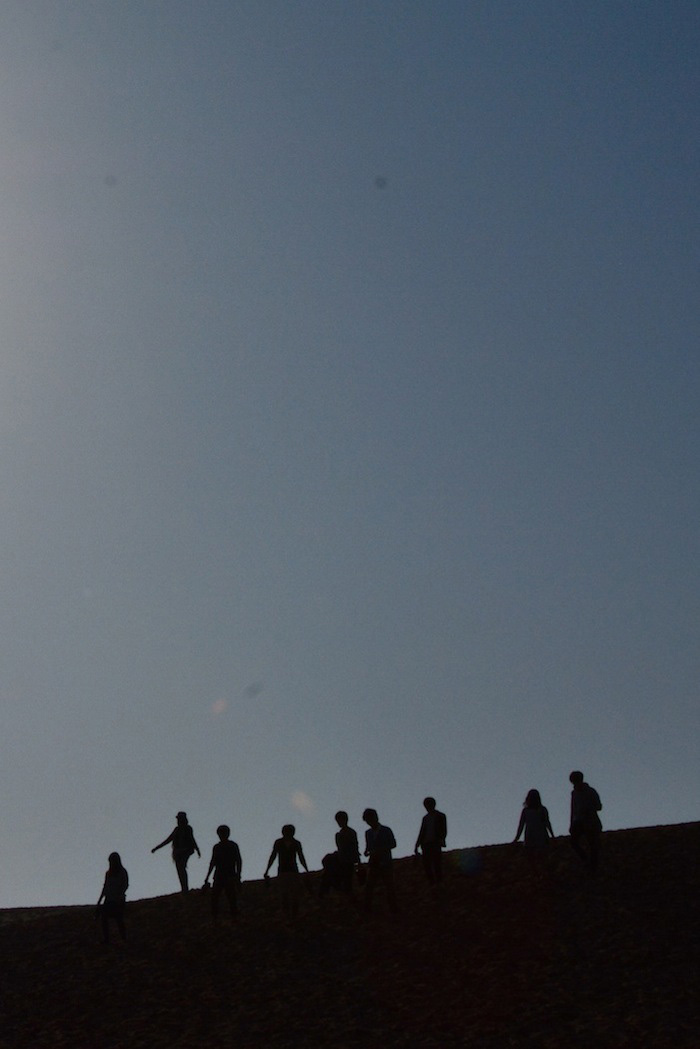
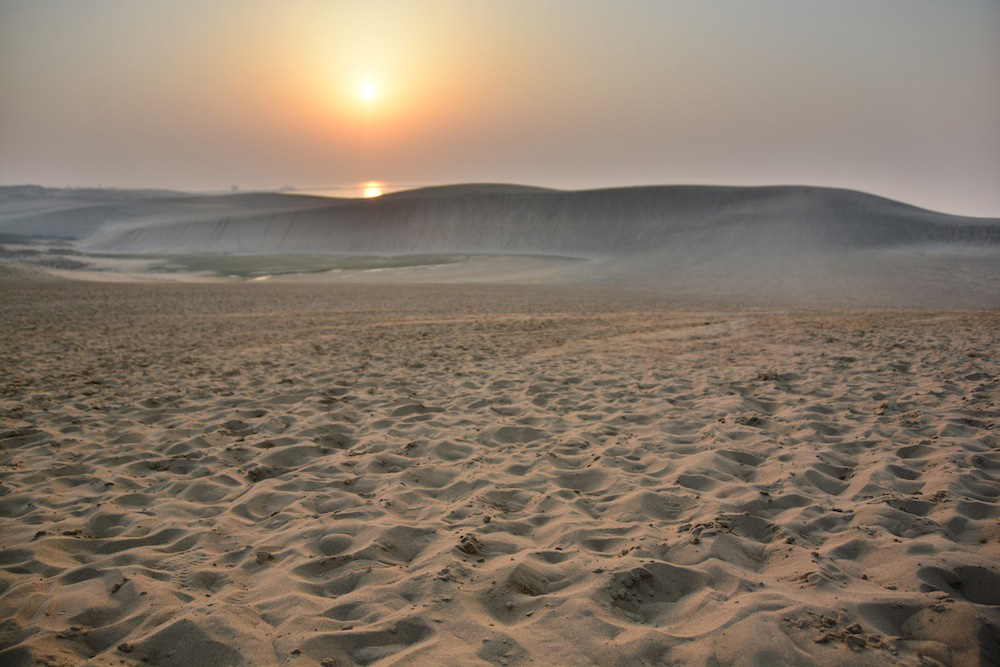
I knew I’d love them – I already mentioned the camels and I’m a sucker for juxtaposition, especially when nature does it. But I truly expected I would arrived on the scene, snap a few pictures and leave almost as if I’d never been there, a tendency that is unfortunately sometimes necessary in my fast-paced line of work.
Instead, I stayed at the dunes for nearly nine hours, from early morning until the moment the sun set into the Sea of Japan, and if I wasn’t headed to Hiroshima today, you can bet your sorry as I’d go back again.
How to Reach Tottori Sand Dunes
As I mentioned earlier, Tottori is about three hours from Osaka, a fact that is unlikely to change unless the Shinkansen comes here. If you’re using a Japan Rail Pass, you should note that because the train you need, the Hakuto Super Express, travels partially on private tracks, you need to pay a supplement, which was ¥1,770 as of April 2014.
From Tottori Station, there are several buses bound for the dunes, the schedule for which varies depending on the time of year. Your best best is to consult the tourist information stand for the updated schedule, to avoid disappointment. Generally speaking, however, the first bus leaves at around 9 a.m. and the last returns around 6:30. If you want to access the dunes more flexibly, you’ll need to hire a taxi (~¥2,200 one-way) or rent a car.

Robert Schrader is a travel writer and photographer who’s been roaming the world independently since 2005, writing for publications such as “CNNGo” and “Shanghaiist” along the way. His blog, Leave Your Daily Hell, provides a mix of travel advice, destination guides and personal essays covering the more esoteric aspects of life as a traveler.








